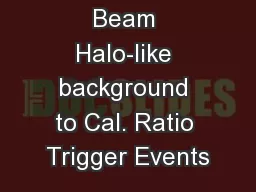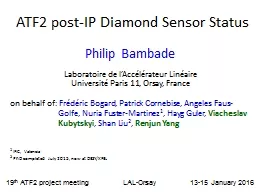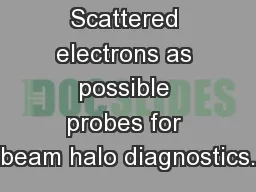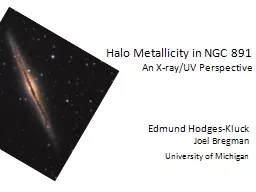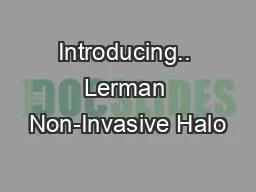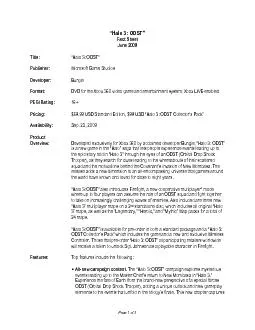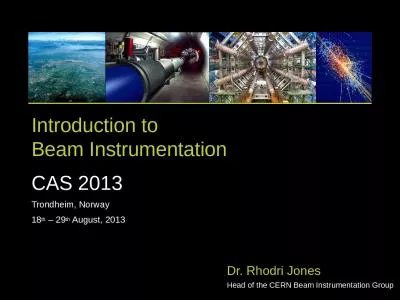PPT-Beam Halo Monitoring using Optical Diagnostics
Author : evadeshell | Published Date : 2020-06-25
Hao Zhang University of MarylandUniversity of LiverpoolCockcroft Institute Outline Introduction Motivation to Study Beam Halo Method Adaptive Method Using Digital
Presentation Embed Code
Download Presentation
Download Presentation The PPT/PDF document "Beam Halo Monitoring using Optical Diagn..." is the property of its rightful owner. Permission is granted to download and print the materials on this website for personal, non-commercial use only, and to display it on your personal computer provided you do not modify the materials and that you retain all copyright notices contained in the materials. By downloading content from our website, you accept the terms of this agreement.
Beam Halo Monitoring using Optical Diagnostics: Transcript
Download Rules Of Document
"Beam Halo Monitoring using Optical Diagnostics"The content belongs to its owner. You may download and print it for personal use, without modification, and keep all copyright notices. By downloading, you agree to these terms.
Related Documents



